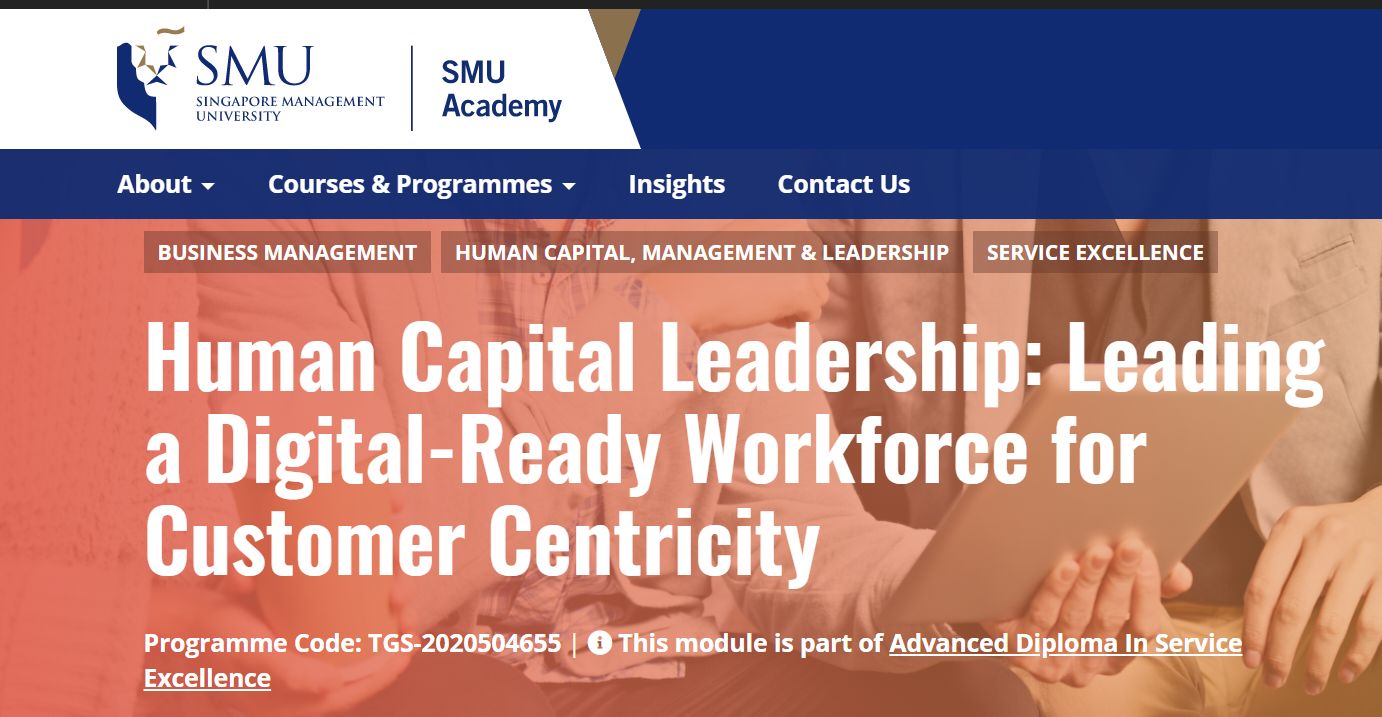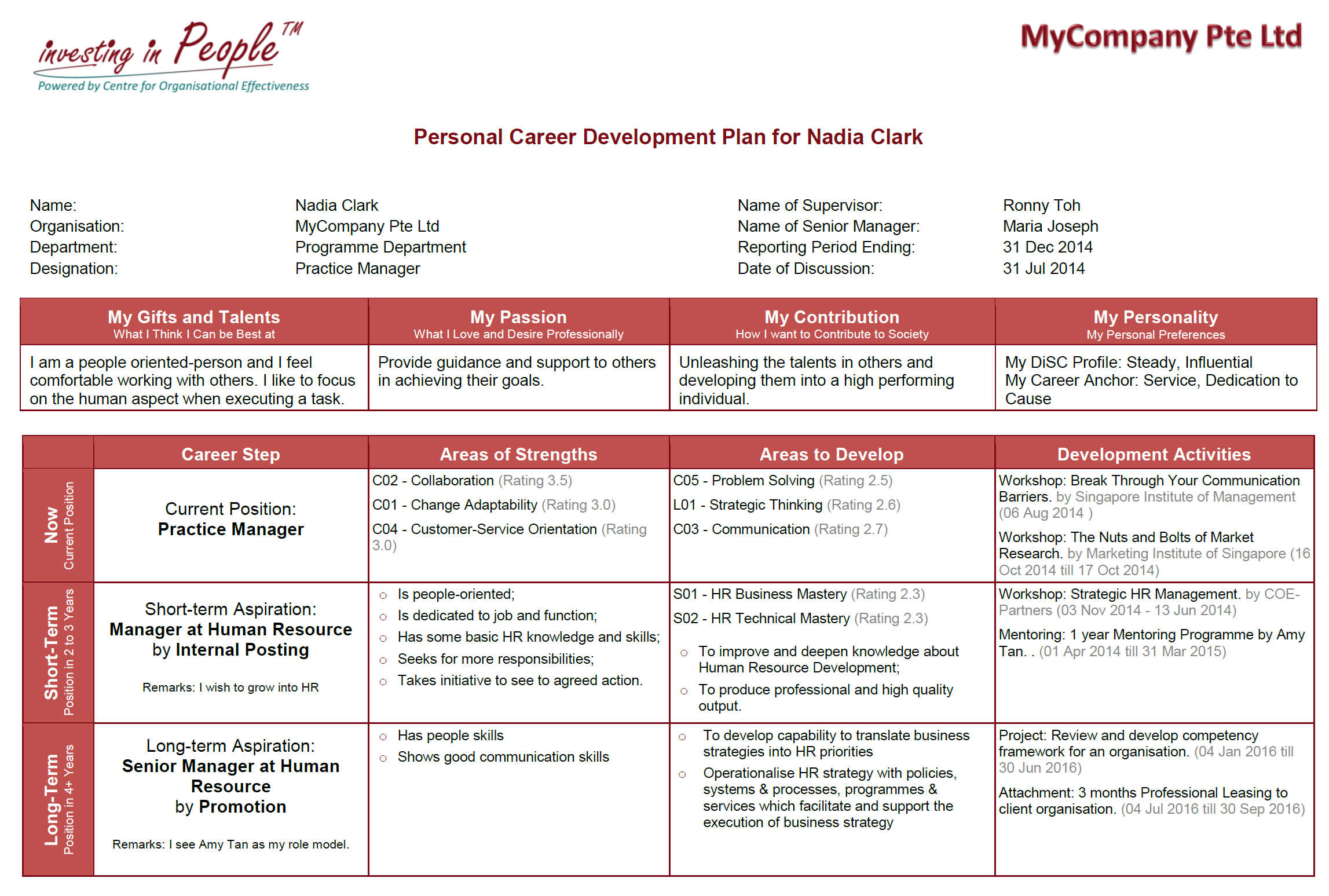Leading the Digital-Ready Workforce
Is there a need for a modified leadership style?
The other day, my daughter asked me whether I support her idea to use Skills Future money to go for language classes. My reaction was a surprise which I expressed to her “Why do you want to learn another language? Learn something you really need on the job.” She told me that she learns all this from reading and from using different online sources. She walked away being disappointed and leaving me with my regrets.
This little episode triggered me considering what she said, because it could easily be a staff member who could have reacted similarly. So, how do we best lead the new generation, the more digital-ready workforce? Is there a need for a new leadership style or do I worry too much?
We stand on the brink of a technological revolution that will fundamentally alter the way we live, work, and relate to one another.Klaus Schwab, The Fourth Industrial Revolution, WEF 2016. Video.
On the one hand, I do not think there is a need to worry. On the other hand, there is a need to keep up with changes and adapt. These changes are manifold and the opportunities are, too.
Transforming the Way of Learning
As my little one highlighted, the choice of options for learning has increased drastically. Twenty years ago, learning from online resources was quasi non-existent. Ten years ago, the online offerings could often not compete with solid face-to-face workshops.
Now – and in a large part due to Covid – learning in a non-face-to-face way has become a normal. There are still different versions. Synchronised web-based workshops are often preferred by managers, because the degree of control is high. The training provider has a good sense of whether participants were there as scheduled. As usual, “being there” does not mean “having learnt”.
This kind of control is totally lost when learners use asynchronous learning options such as online available ebooks, articles and videos. Our little one – together with many others – makes use of this way of learning extensively. A major reason is certainly that this study follows her schedule. And it can be taken bite-sized. During her daily MRT-ride, she learns something.
What does this mean for the manager who wants the staff to learn? Considering the accessibility of knowledge via online channels (e.g., Google, YouTube, etc.) she can no longer promote learning by checking the box after her staff has attended the training. The only way – and the most sensible anyway – is to check the effect of the learning, the increased competency and capability.
This way, the manager stimulates employees intellectually to apply what they have learnt. She inspires and motivates them contextualise their knowledge to fulfil organisational goals.
Communicating with Digital-Ready Workforce
Media and contents of communication have been changing in many ways. In the past, WhatsApp or WeChat were reserved for the young ones. Facebook or Instagram were merely toys that did not justify as proper communication.
We have learnt that all these media offer us a great chance to connect with the digital-ready workforce. It happens quite often that someone whom we have not connected with on “normal” channels becomes a friend on Facebook. Or he visits the status on our WhatsApp. These are informal yet powerful ways of communicating with them. And this communication is instant!
We have recognised that by taking up their mode of communication, we get much closer to the so called digital-ready workforce. And this creates not only an instant information flow but also an increased acceptance.
However fast and good the new ways of communication are, our little one requests her face time over dinner, every now and then. Important rule we all enforce: the mobile phone is not allowed at the dinner table. We try to pay full attention to each other and listen sincerely – we “Ting” to each other.
This applies not only to our family but also to co-workers. Over years of working from home, we recognised that some of our colleagues still insist on the daily call to check-in. Nadia, for example, needed her daily call at nine in the morning. Some others are totally fine without. Knowing their personality helps to tailor your communication style.
Managing Their Job Performance
Whilst managing workforce by sitting next to them is still needed under some circumstances and for some staff, the majority of the digital-ready workforce needs a different touch. Why?
Working from home is not new. But in some organisations, the switch from office to home has only been made a necessity during Covid. They recognised the benefits and stay on it for the long run.
Hence, our workforce does not need an office any longer. Performance management has to transform as well. The good old managing by objectives is being tested now.
After agreeing on the work package with Nadia, she is fine to deliver. She has a lot of flexibility. If she wants to go shopping with her mum, she checks with us. We can totally rely on her to pick up client calls, even in the supermarket. Our relationship is built on trust.
Not every staff can be managed remotely. Fred was a new hire. We expected him to work like Nadia. But we caught him doing other things during working hours without us knowing. He tried to cover up and lied to us. We could not trust him.
Navigating Their Career
As I learnt from my kids, having a stable job is important but not sufficient for them any longer. They are always on the look-out for what comes next. And they see no issue in changing the employer if there is no support. Our eldest was lucky, since her employer has been holding regular career conversations with her resulting in an internal job offer recently. It made her very happy when she was selected without the anxiety of changing the work environment.
Investing in hiring well-educated digital-ready workforce who has the capability to help transforming the organisation for the new age brings the need to retain them.
We have identified one of the most important drivers for retention, the capability of managers to help their staff plan their career together with them.
Why not aiming for having a career conversation with the staff before they talk to their spouse?
Career planning goes beyond presenting a nice picture that depicts the roadmap from junior towards senior positions. It involves customisation of this roadmap for each individual. This means matching current and future foreseeable career needs with the options available within and beyond the organisation. It also includes developing necessary competencies for present or future jobs. This implies the acquisition of knowledge, skills and specific personal attributes.
Management is about coping with Complexity. Leadership is about coping with change. Most companies are overmanaged and underled.
John P. Kotter, HBR 2001
Conclusion
The digital revolution not only opens up new opportunities for how organisations arrange work and structure themselves, but it also necessitates new ways of working and leading high performing teams.
Many traditional managerial capabilities still remain critical to successfully lead in the digital age. Trust is still on top of the list.
And, there are also new requirements for leaders at all levels of the organisation. These demand a dynamic combination of new mindset and behaviour, digital fluency and skills that are vital to develop and coach in the new era.
Instead of us looking at the digital-ready workforce as a special group of people, we have to join them.
Here is how you can get ready.









